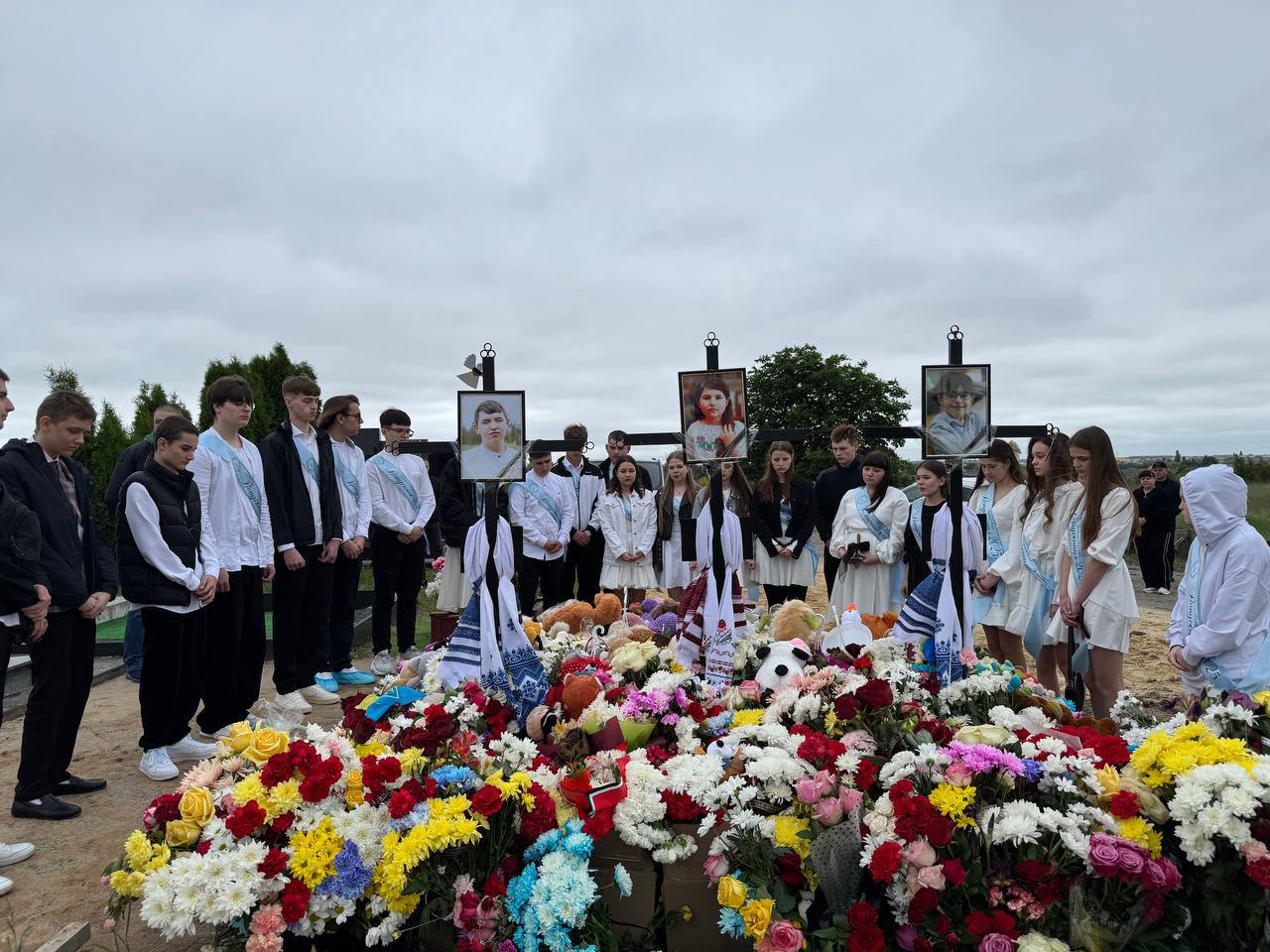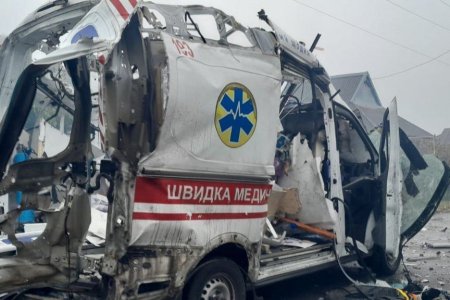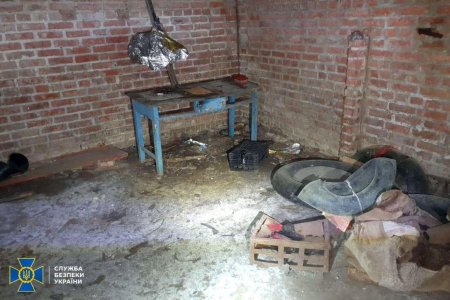
UN monitors have reported a fifty percent increase in civilian deaths and injuries from Russian missile and drone attacks in the first five months of 2025, as compared with the same period a year earlier. In May alone, such attacks killed at least 183 civilians and injured 836 others. This latest assessment from the UN’s Human Rights Monitoring Mission comes less than a month after the UN independent International Commission of Inquiry on Ukraine issued a special report, accusing Russia of crimes against humanity over its drone attacks against civilians in Kherson oblast.
The Monitoring Mission notes that in May, the civilian casualties were recorded across 17 regions of Ukraine, including areas located far from the frontline. There was one attack on occupied territory (Oleshky in Kherson oblast), however here the monitors are still trying to verify the circumstances of the attack and the number of casualties. It is clear from the list of attacks in May that these were not missile or drone strikes on military targets, with civilians killed or hurt as ‘collateral damage’. When bombs or drones are aimed at residential buildings, city centres, medical facilities, or civilian buses, it is civilians who are the target.
Russia’s victims included three children killed on 25 May when the Russians filed a missile at residential buildings in Korostyshchiv, Zhytomyr oblast - 8-year-old Sttanislav Martyniuk; his 12-year-old sister Tamara and brother Roman, who was 17 and due to finish school that week. The children’s mother was gravely injured.
When the ‘final bell’ rang on 28 May, instead of the customary festive photos, Roman’s classmates all gathered at the graves of their friend and his brother and sister.
During the early hours of 25 May, Russia fired 69 missiles at Ukrainian cities, as well as 298 Shahed and other drones. In addition to Roman, Tamara and Stanislav, eleven other civilians were killed that day, with 55 others, including 12 children, injured.
That same day, the social media page of an initiative which remembers all of Russia’s victims reported that they were being flooded by messages from Russian Internet bots trying to convince them that Ukraine’s defeat was inevitable and that Ukrainians were to blame that the war was continuing.
Worth noting that this coupling of mass attacks on civilian targets and Internet messages is reminiscent of that reported in May 2025 by the Independent International Commission of Inquiry on Ukraine. In its report on Russia’s drone attacks on civilians in Kherson oblast, it seemed clear that the Russian military were coordinating the drone attacks on civilians with Russian Telegram channels. The Commission reported that the drone operators use video feeds transmitted in real time by cameras embedded in the drones, with these focusing and dropping explosives on visibly civilian targets. These videos are then disseminated to Russian Telegram channels, some of them with thousands of subscribers, together with texts effectively telling civilians that they could be next. Even without such disseminated videos, the Commission had concluded that Russia’s persistent drone attacks on civilians in Kherson oblast constitute crimes against humanity of murder. “The recurrent drone attacks, the widely disseminated videos showing them, and numerous posts explicitly exhorting the population to leave suggest a coordinated state policy, on the part of the Russian authorities, to force the population of Kherson Province to leave the area. The Commission therefore concludes that Russian armed forces may have committed the crime against humanity of forcible transfer of population.”
Russia is fully aware that its targeting of civilians is a grave violation of international law. It even regularly stages fake ‘trials’ of Ukrainian prisoners of war, accusing them of ‘murdering civilians”.
One such ‘trial’ was reported on 9 June 2025, as Russia was carrying out nightly mass bombings of residential buildings and other civilian targets in Kharkiv and Kharkiv oblast. Two Ukrainian prisoners of war, clearly seized in April or May 2022, while defending Mariupol, were accused of ‘using prohibited methods of war’ and of killings “motivated by political and ideological hatred”. It was claimed that, in April 2022, Ruslan Orlov, a sniper, and paramedic Artem Novikov, had discovered three civilians and, “believing that they held pro-Russian views”, had carried out the supposed order from their commander and killed them. An entirely anonymous Russian ‘court’ sentenced Ruslan Orlov to 26 years; Artem Novikov to 24 years.
There is absolutely no proof that this alleged killing ever took place. There is, however, considerable evidence that Russia bases such ‘trials’ on ‘confessions’ extracted through horrific forms of torture. The so-called ‘trial’ of Ukrainian POW, human rights defender and journalist Maksym Butkevych demonstrated that even clear proof that a person was nowhere near the place where such an alleged crime took place was not viewed as a problem, with Maksym sentenced to 13 years.



